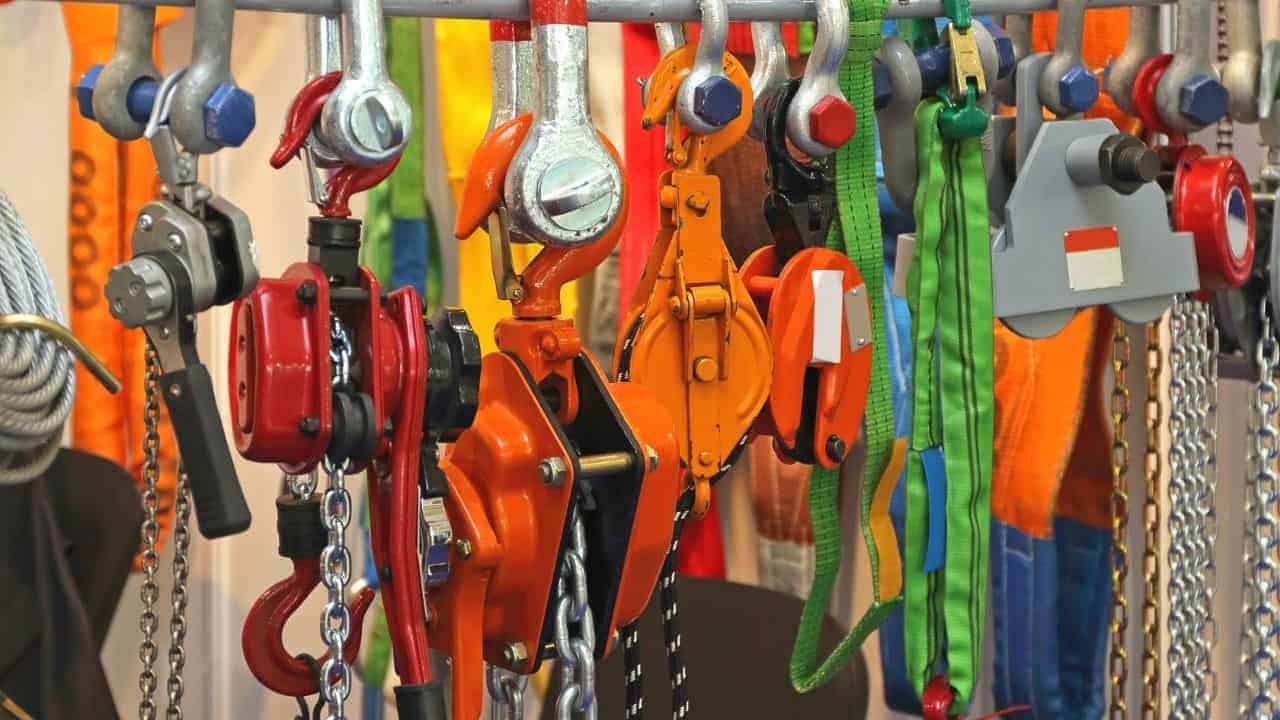Why Certified Lifting Equipment Is Essential
Lifting equipment certification plays a crucial role in ensuring workplace safety. It involves the evaluation and verification of lifting equipment to ensure that it meets specified safety standards. By certifying lifting equipment, companies can reduce the risk of accidents and ensure proper equipment handling. In this article, we will explore the importance of lifting equipment certification, its role in workplace safety, the process of obtaining certification, the legal implications, and the need to maintain and renew certification.
Understanding lifting equipment certification
Lifting equipment certification refers to the process of assessing and validating the safety of equipment used for lifting heavy loads. This certification is necessary to ensure that the equipment is safe to use and that it meets the required standards. Without proper certification, there is a higher risk of accidents, injuries, and damage to property.
When it comes to lifting equipment certification, it is crucial to understand the various standards and regulations that govern the process. Different countries may have specific requirements for certifying lifting equipment, and it is essential for companies to stay up to date with these regulations to ensure compliance. Failure to comply with these standards can result in serious consequences, including legal liabilities and reputational damage.
What is lifting equipment certification?
Lifting equipment certification involves a thorough evaluation of equipment such as cranes, hoists, and forklifts to ensure that they are structurally sound and in proper working condition. This evaluation includes reviewing design specifications, conducting load tests, and inspecting critical components to identify any potential safety hazards.
Moreover, the certification process may also involve training and assessing operators on the safe use of the equipment. Proper training is essential to ensure that operators understand how to operate the equipment safely and efficiently, reducing the risk of accidents and injuries in the workplace.
Why is it necessary?
Lifting equipment certification is necessary to protect workers and the surrounding environment from potential accidents and injuries. By certifying lifting equipment, companies can demonstrate their commitment to workplace safety and ensure that their employees are working with reliable and safe equipment. It also helps companies comply with legal regulations and avoid penalties for non-compliance.
Furthermore, having certified lifting equipment can improve operational efficiency and productivity. Reliable equipment means fewer breakdowns and disruptions, allowing tasks to be completed more efficiently and on schedule. This, in turn, can lead to cost savings and improved overall performance for the company.
The role of lifting equipment certification in workplace safety
Proper lifting equipment certification plays a vital role in maintaining a safe work environment. By certifying lifting equipment, companies can reduce the risk of accidents and ensure that all necessary safety precautions are in place.
Workplace safety is a paramount concern for all organisations, regardless of their size or industry. Lifting equipment certification is not just a legal requirement but also a moral obligation to protect employees from harm. It demonstrates a company’s commitment to upholding the highest standards of safety and ensuring the well-being of its workforce.
Reducing the risk of accidents
Lifting equipment certification helps identify any potential safety hazards and ensures that the equipment is in proper working condition. By addressing these issues before they become accidents, companies can significantly reduce the risk of injuries and accidents in the workplace.
Regular inspections and maintenance are essential components of the certification process. These proactive measures help detect any wear and tear, mechanical issues, or defects in the equipment that could compromise its safety. By conducting thorough checks and adhering to certification guidelines, companies can create a safer working environment for their employees.
Ensuring proper equipment handling
Certification also ensures that employees are trained to handle the equipment correctly. It includes verifying operators’ certifications, providing training programs, and promoting safe lifting practices. By doing so, companies can prevent mishaps caused by improper handling or misuse of lifting equipment.
Training programmes not only focus on the technical aspects of operating lifting equipment but also emphasise the importance of situational awareness and communication among team members. Proper communication is crucial in a work environment where multiple individuals are involved in lifting operations to ensure coordination and avoid accidents.
The process of obtaining lifting equipment certification
Obtaining lifting equipment certification involves several steps to ensure that the equipment meets safety standards and legal requirements. Understanding the process is essential for businesses to obtain and maintain certification.
Ensuring the safety and compliance of lifting equipment is crucial in various industries, including construction, manufacturing, and logistics. Lifting operations can pose significant risks to both personnel and property if not carried out with certified equipment.
Pre-certification requirements
Prior to certification, companies need to meet certain requirements such as conducting regular maintenance, inspections, and repairs. This helps identify any issues that need to be addressed before the certification assessment.
Regular maintenance of lifting equipment is not only a legal requirement but also a best practice to ensure the longevity and performance of the machinery. Companies must keep detailed records of maintenance activities to demonstrate compliance during the certification process.
The certification process explained
The certification process typically involves an assessment by a certified third-party organization. They will review the equipment’s documentation, perform visual inspections, and conduct load tests to verify compliance with safety standards. After a successful evaluation, the equipment will be certified and issued a certificate of compliance.
Third-party certification bodies play a crucial role in ensuring impartiality and credibility in the certification process. By engaging independent assessors, companies can have confidence in the validity of their equipment certification, knowing that it has been evaluated by experts in the field.
The legal implications of lifting equipment certification
Lifting equipment certification is not only necessary for workplace safety but also has legal implications. Companies must comply with specific legal requirements to ensure the safety of their employees and avoid penalties.
Ensuring that lifting equipment is certified is not just a matter of ticking boxes; it is a legal obligation that companies must adhere to. Failure to comply with these regulations can have serious consequences, not just for the individuals using the equipment but also for the business as a whole.
Legal requirements for lifting equipment
Various laws and regulations govern the use of lifting equipment in different jurisdictions. These laws may include specific standards for the design, installation, maintenance, and operation of lifting equipment. Compliance with these legal requirements is crucial to avoid legal consequences.
In the UK, for example, the Lifting Operations and Lifting Equipment Regulations 1998 (LOLER) set out the legal requirements for lifting equipment. These regulations place duties on businesses and individuals who own, operate, or have control over lifting equipment to ensure it is safe for use. Regular inspections, thorough examinations, and certification are all essential components of complying with LOLER.
Consequences of non-compliance
Failing to comply with lifting equipment certification requirements can lead to severe consequences. These consequences may include fines, legal penalties, business interruptions, and damage to a company’s reputation. Therefore, it is essential for businesses to prioritize lifting equipment certification to ensure both safety and compliance with the law.
Non-compliance with lifting equipment regulations not only puts employees at risk but also exposes businesses to financial and legal liabilities. By investing in proper certification and maintenance of lifting equipment, companies can demonstrate their commitment to safety and legal compliance, ultimately protecting both their workforce and their bottom line.
Maintaining and renewing your lifting equipment certification
Obtaining lifting equipment certification is not a one-time process. Maintaining and renewing certification is crucial to ensure that the equipment remains safe to use over time. Regular inspections, maintenance, and the renewal process play a significant role in achieving this goal.
Regular inspections and maintenance
Regular inspections are vital to identify any deterioration or issues with the equipment. Scheduled maintenance should be conducted to address these issues promptly. This proactive approach ensures that the equipment remains in compliance with safety standards and continues to operate safely.
The renewal process and its importance
Lifting equipment certification has an expiry date, and companies must renew it before it expires. The renewal process typically involves reassessment and verification to ensure the continued compliance of the equipment. The renewal process is crucial to maintain a safe work environment and demonstrate an ongoing commitment to workplace safety.
When it comes to regular inspections, it is important to have a well-defined schedule. This schedule should outline the frequency of inspections and the specific areas of the lifting equipment that need to be checked. During inspections, trained professionals should thoroughly examine the equipment, paying attention to any signs of wear and tear, corrosion, or other potential issues. By conducting regular inspections, companies can identify and address any problems before they escalate, ensuring the safety of their workers.
In addition to regular inspections, proper maintenance is essential for the longevity and safety of lifting equipment. This includes routine cleaning, lubrication, and calibration of the equipment. Regular maintenance not only helps to prevent breakdowns and malfunctions but also ensures that the equipment operates at its optimal performance. By following manufacturer guidelines and conducting regular maintenance, companies can extend the lifespan of their lifting equipment and reduce the risk of accidents or injuries.
When the lifting equipment certification approaches its expiry date, companies should initiate the renewal process well in advance. This involves submitting the necessary documentation and undergoing reassessment to ensure that the equipment still meets the required safety standards. The reassessment may include various tests and inspections to verify the equipment’s functionality and compliance. By renewing the certification on time, companies demonstrate their commitment to maintaining a safe work environment and protecting their employees.
Conclusion
In conclusion, lifting equipment certification is essential for workplace safety. It ensures that lifting equipment is safe to use, reduces the risk of accidents, and promotes proper equipment handling. The process of obtaining certification involves meeting pre-certification requirements and undergoing a thorough assessment. Non-compliance with lifting equipment certification requirements can have legal consequences, including fines and penalties. Maintaining and renewing certification through regular inspections and the renewal process is crucial to upholding workplace safety standards. By prioritizing lifting equipment certification, companies can create a safer work environment and protect their employees from potential hazards.


Leave a Reply